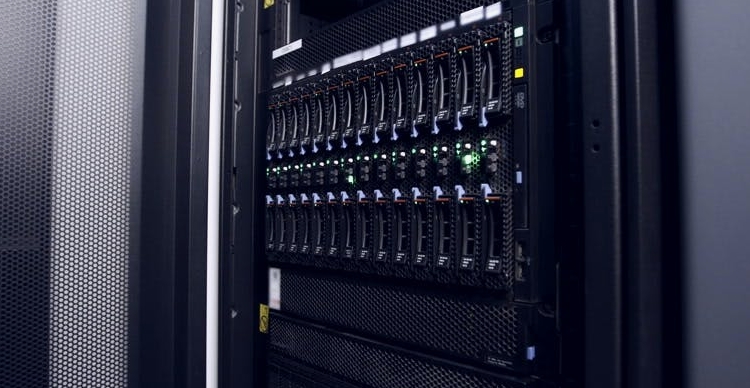
Extropic Aims to Disrupt the Data Center Bonanza – Extropic, a startup developing an exotic new sort of computer chip that handles probabilistic bits, has delivered its first operational hardware coupled with proof that more sophisticated systems may tackle useful jobs in artificial intelligence and scientific research.
The startup’s chips work in a fundamentally different way than chips like Nvidia, AMD, and others, and they promise to be thousands of times more energy-efficient when scaled up. With AI companies pouring billions of dollars into developing data centers, an entirely new approach could offer a significantly less costly alternative to large arrays of conventional processors. Extropic Aims to Disrupt the Data Center Bonanza
Extropic calls its processors thermodynamic sampling units, or TSUs, as opposed to central processing units (CPUs) or graphics processing units (GPUs). TSUs employ silicon components to harness thermodynamic electron fluctuations, shaping them to simulate probabilities of various complex systems, such as the weather, or AI models capable of generating images, text, or movies. The first operational Extropic chip has now been shared with a handful of partners, including frontier AI labs, firms working on weather modeling, and representatives from many countries. (Extropic has denied to reveal names.)
“This allows all sorts of developers to kick the tires,” says Extropic CEO Guillaume Verdon, who gained notoriety within the tech world as a colorful and sometimes controversial online persona called Based Beff Jezos and a new techno philosophy known as effective accelerationism or e/acc before founding the startup. Verdon and his cofounder, Trevor McCourt, who is Extropic’s CTO, previously worked on quantum computing at Google before pursuing their innovative computing strategy. Extropic Aims to Disrupt the Data Center Bonanza
One of those who is presently evaluating the new hardware is Johan Mathe, CEO of Atmo, a startup using AI algorithms that can forecast with higher resolution than is normally achievable. It’s clientele include the Department of Defense. Mathe thinks that Extropic’s chips should make it feasible to calculate the odds of different weather scenarios significantly more quickly.
Extropic is also providing software called TRHML that makes it feasible to imitate the behavior of an Extropic chip on a GPU.
Mathe has utilized this software as well as the physical chip. “I was able to run a few p-bits and see that they behave the way they are supposed to,” Mathe explains. The company’s technology, named XTR-0, consists of a field-programmable gate array (FPGA) chip, which can be modified for different jobs, mixed with two of its first probabilist chip, X-0, each of which includes a handful of p-bits. Extropic Aims to Disrupt the Data Center Bonanza




